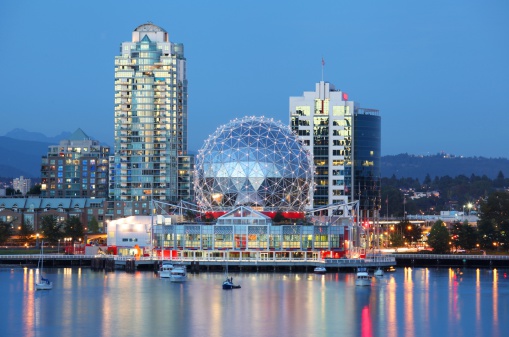 Vancouver Mayor Gregor Robertson says he will support efforts to integrate more wind energy into the Western Canadian city.
Vancouver Mayor Gregor Robertson says he will support efforts to integrate more wind energy into the Western Canadian city.
‘Our province is blessed with ample renewable energy sources, and wind energy can play an important role as we shift to a low-carbon economy,’ says Robertson. ‘Vancouver has set the goal of using 100 percent renewable energy as part of our Greenest City plan. At a time when we're seeing countries like China and the U.S. commit to reducing their greenhouse-gas emissions and making the switch to clean energy, investing in clean energy in B.C. makes sense for our economy and our environment.’
Robertson met with wind energy companies and the Canadian Wind Energy Association (CanWEA) to discuss the importance of diversifying B.C.'s power sources with renewable generation like wind energy and the role municipalities play in advocating for a cleaner energy future.
Earlier this year, Vancouver became the first city in Canada to set a target for shifting to 100% renewable energy sources by 2050 or sooner. Having a provincial electricity grid that maximizes its renewable potential is critical for Vancouver in achieving this goal. B.C.'s energy demand is projected to increase by the end of this decade, creating an opportunity for the province to allow investments in more renewable energy.
Mayor Robertson has committed to attending a CanWEA-hosted renewable energy dialogue planned for spring 2016 that will bring together leading renewable energy companies, associations, environmental advocates and political leaders to discuss the future of renewable development in British Columbia.
Wind energy development across Canada has soared to new levels, and costs have come down at rates faster than projected. In British Columbia, wind energy represents a $10 billion economic opportunity. ‘The wind energy industry wants to invest in British Columbia, create jobs and advance the economy,’ adds Ian Baillie, CanWEA's British Columbia regional director. ‘Wind energy is a cost-effective complement to B.C.'s conventional hydropower that provides a hedge against volatile natural gas prices while also helping to reduce greenhouse-gas emissions, fight climate change and bring economic benefits to local communities.’
Today, the province has almost 500 MW of installed wind energy capacity – ranking fifth in Canada and supplying nearly 2% of the province's domestic electricity demand.



